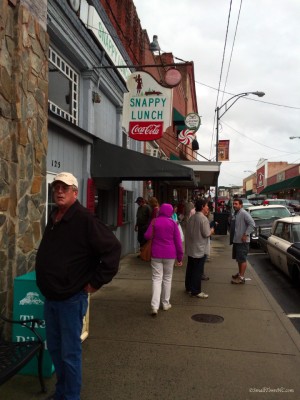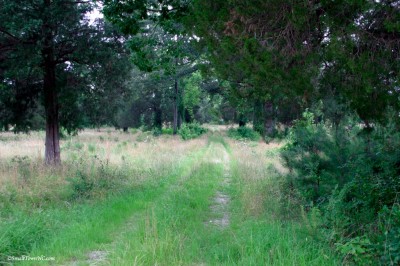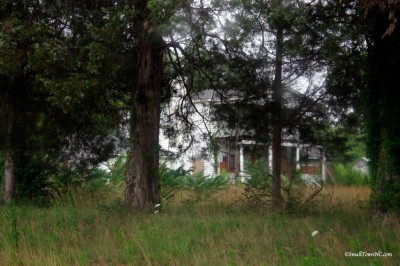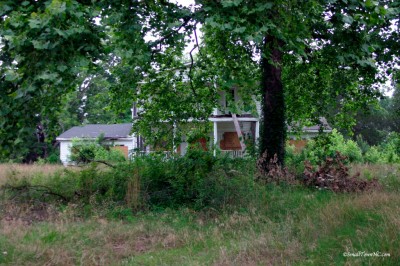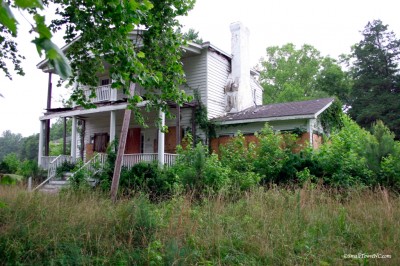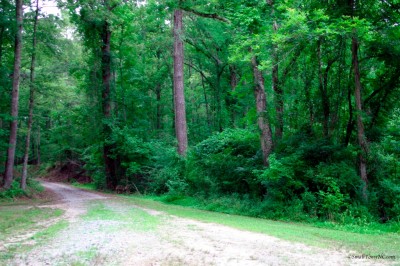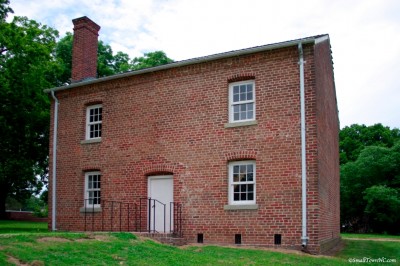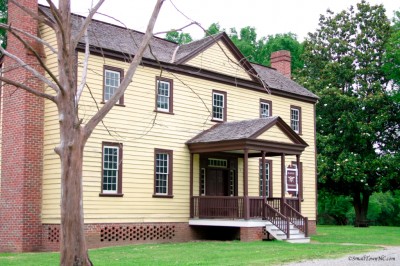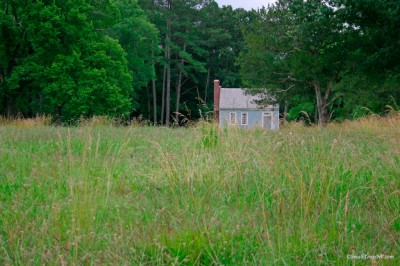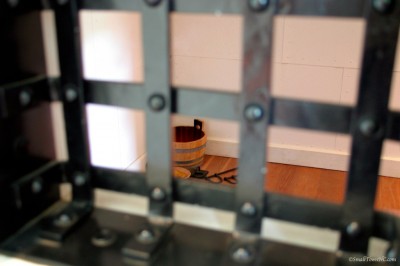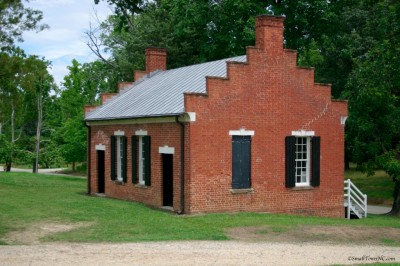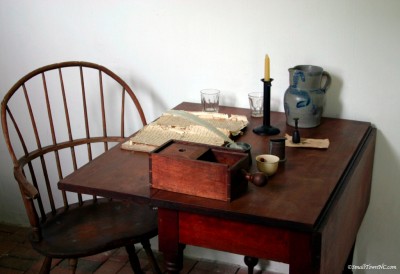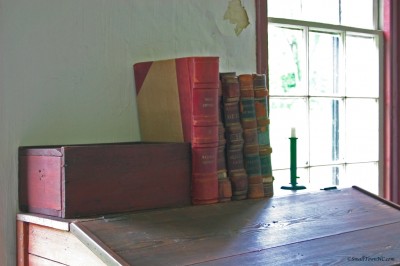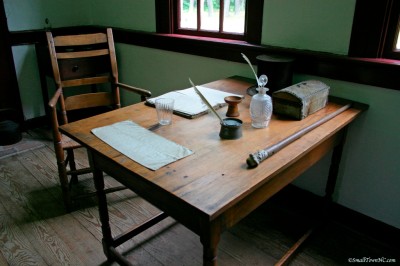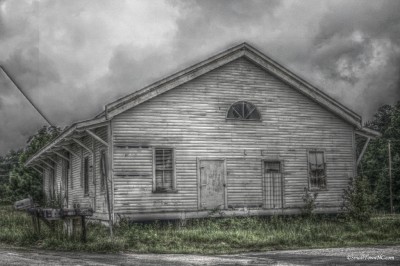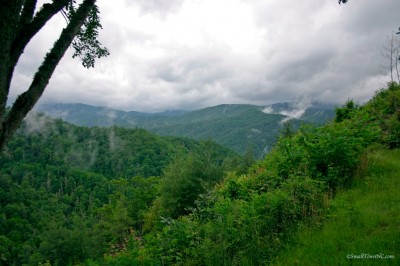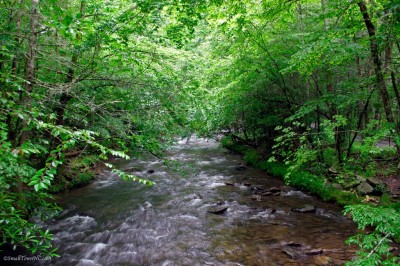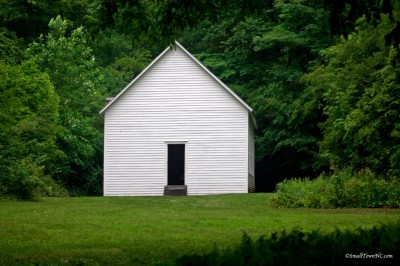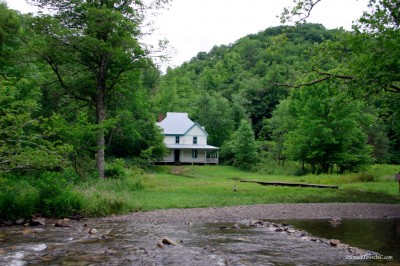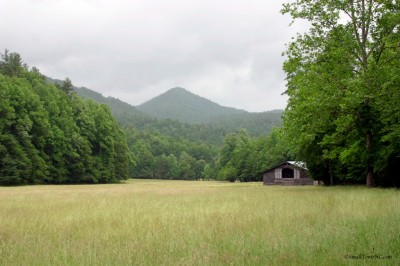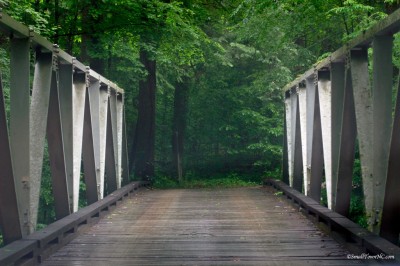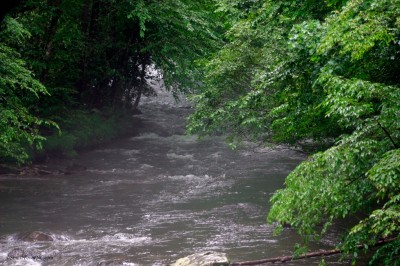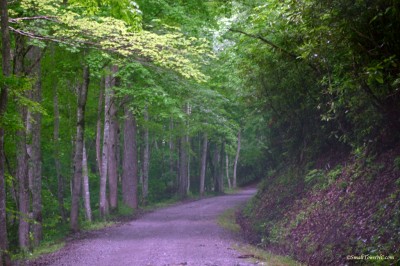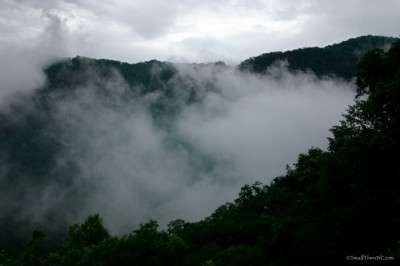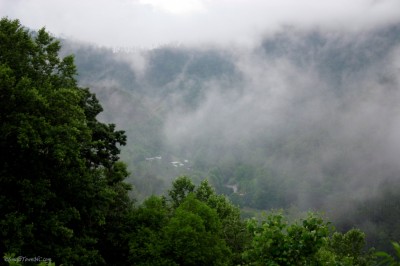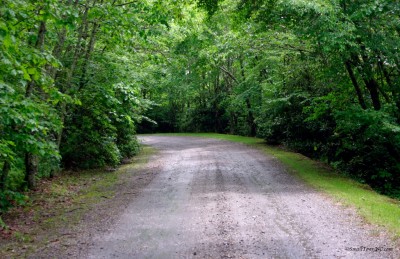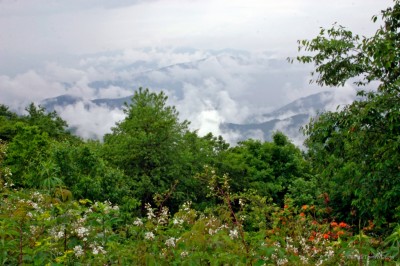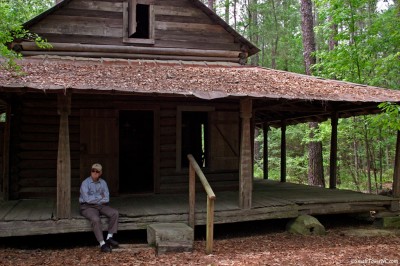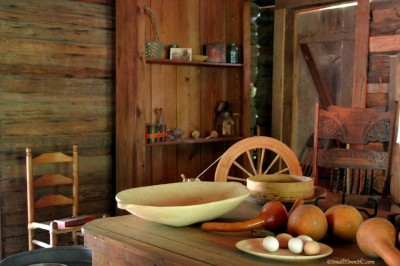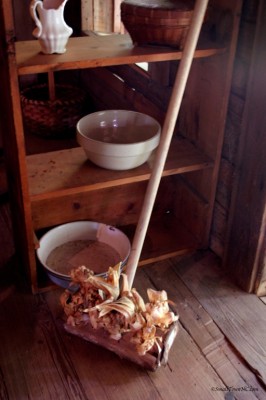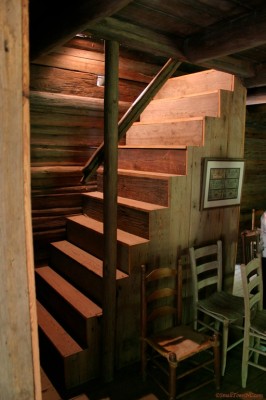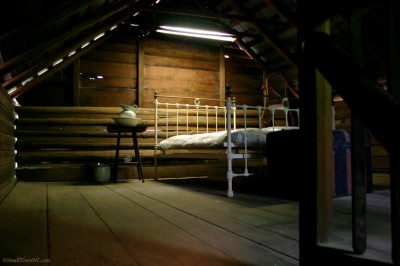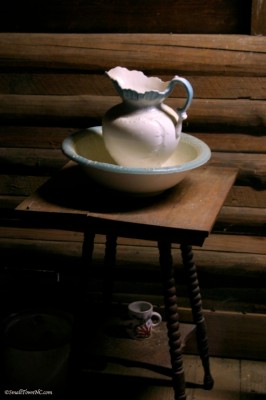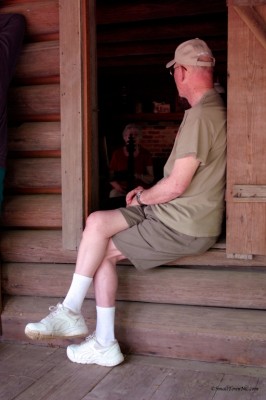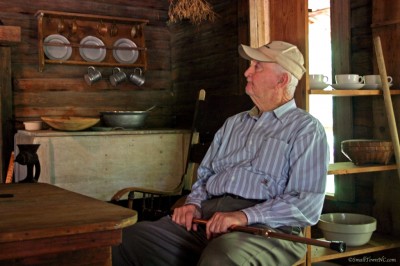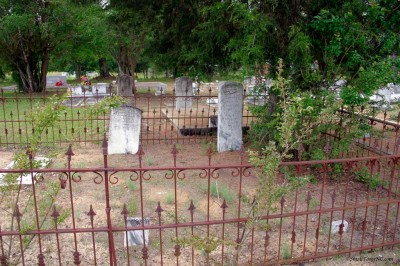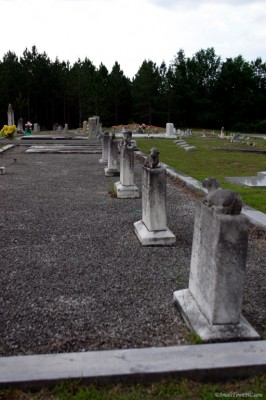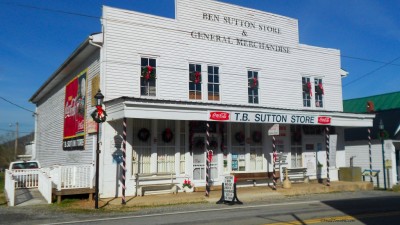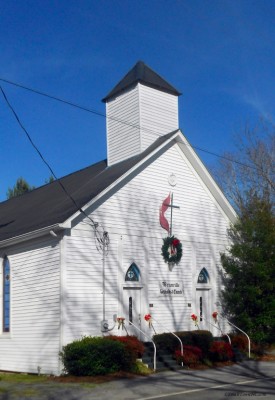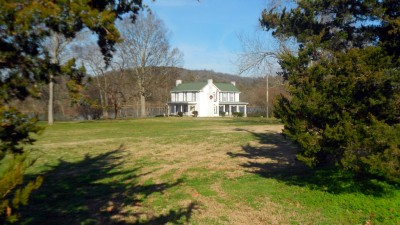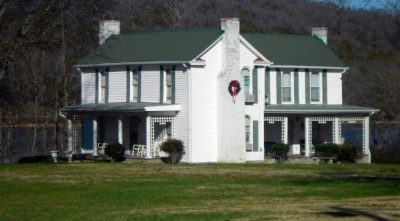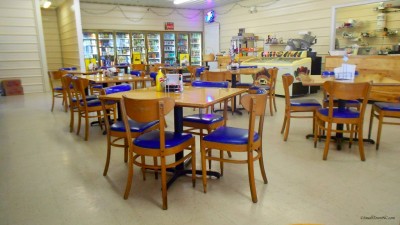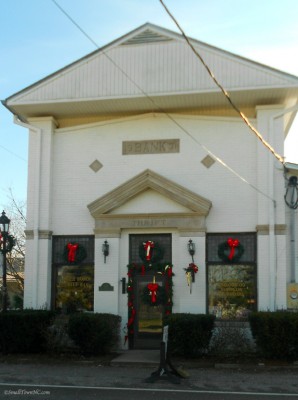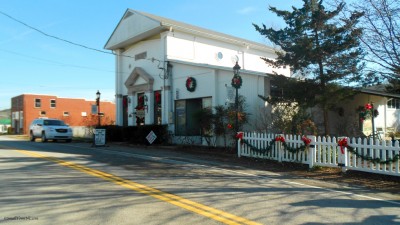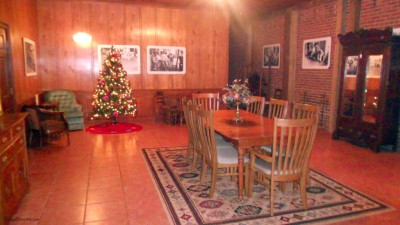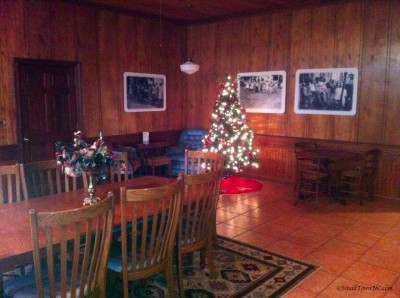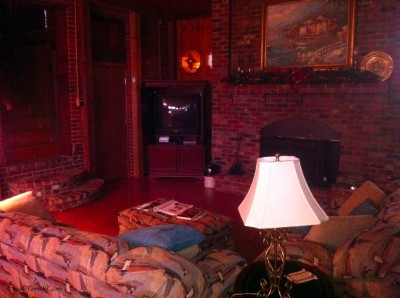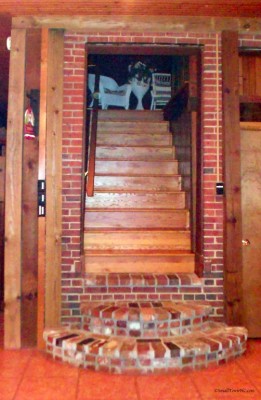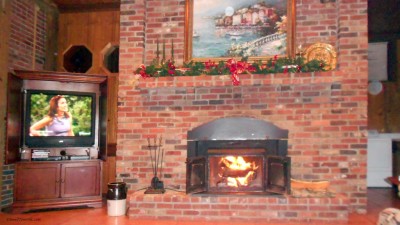Last weekend my family participated in one of the annual rituals every North Carolinian—native or transplant—should experience: Mayberry Days. The quaint little town of Mt. Airy was home to Andy Griffith, one of Amarica‘s great TV icons. Every year it celebrates his most beloved creation—the fictional town of Mayberry in “The Andy Griffith Show”—with a variety of events straight out of classic Americana.
There are music and comedy performances, a barbecue cook off, an Andy Griffith trivia contest (which, if I recall correctly, has been won at least four times by one gentleman), and $10 area tours in period Ford Galaxie 500s decked out as police cars. Locals and visitors alike dress up as their favorite characters…with varying degrees of success. One day each year Karen Knotts (daughter of co-star Don) does a monologue, sharing a couple hours of stories—humorous and poignant—from throughout her dad’s life.
The weekend culminates with the Mayberry Parade. Main Street—all 200 yards of it—is blocked off while onlookers set up lawn chairs along the curbs. This is not the “Tournament of Roses” by any means. A slow procession of trucks, tractors, and cars—including a couple dozen of the aforementioned Galaxies—meanders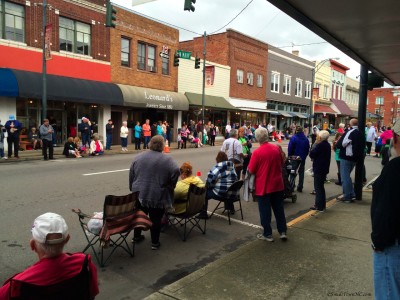 down the route. Many of them carry celebrities of some sort, ranging from “Little Miss Spare Rib” to the children of some of the show’s stars to a scant handful of the remaining original actors themselves.
down the route. Many of them carry celebrities of some sort, ranging from “Little Miss Spare Rib” to the children of some of the show’s stars to a scant handful of the remaining original actors themselves.
What draws thousands of people from all over the country to this seemingly homespun block party? I suspect it’s a combination of things. Most obvious is a shared love of the TV show—off the air for more than a generation—that put the town on the map. Sweet and innocent, it could be watched and enjoyed by the whole family. Are there any shows (aside from “Duck Dynasty”) that meet that description anymore?
I’m certain nostalgia plays a powerful role. For simpler days. For a time when Americans were proud to be Americans, and Hollywood and the media didn’t so obviously despise those of us who populate the “flyover country” between the coasts. Some will protest that it’s just a longing for something that never was. Mayberry never existed.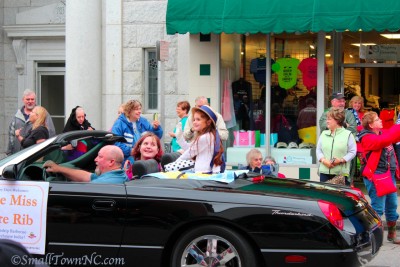
Except it did. Not all in one place or exactly as depicted, of course. One of the reasons the show was so popular, though, was that it struck a chord with its viewers. They’d been there; knew its residents. Now my grandmother probably didn’t know any little spinster moonshiners with “flower making machines,” but the world she described growing up in (she was an inveterate night owl and would stay up late to chat over multiple rounds of Little Debbie snacks washed down with generic diet sodas) sounded an awful lot more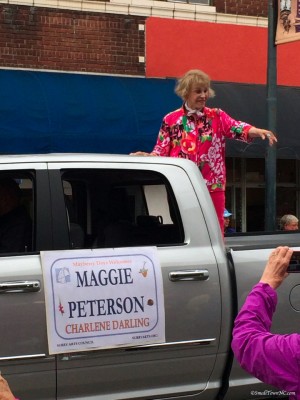 like Mayberry than the world my kids are inheriting.
like Mayberry than the world my kids are inheriting.
Me? I can believe it existed because I see shadows of it still in my own small town. Volunteer firemen standing in full gear in the heat across country two-lanes collecting “tolls” for much-needed repairs on the only ladder truck for miles. The spaghetti dinner fundraiser to help pay the medical bills of a local who crushed his skull in a hard fall and can’t work. Small churches sending crews across county and state lines to clear debris and rebuild communities hit hard by tornados and floods.
Whole lotta good folks out here in small town country. Come see the real Mayberry for yourself sometime…and celebrate the slow life with us.

